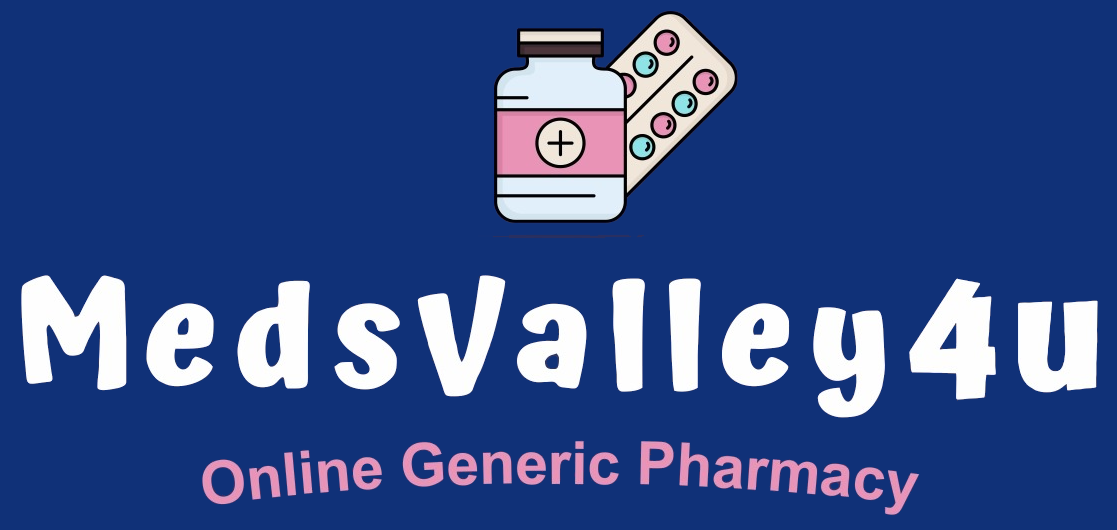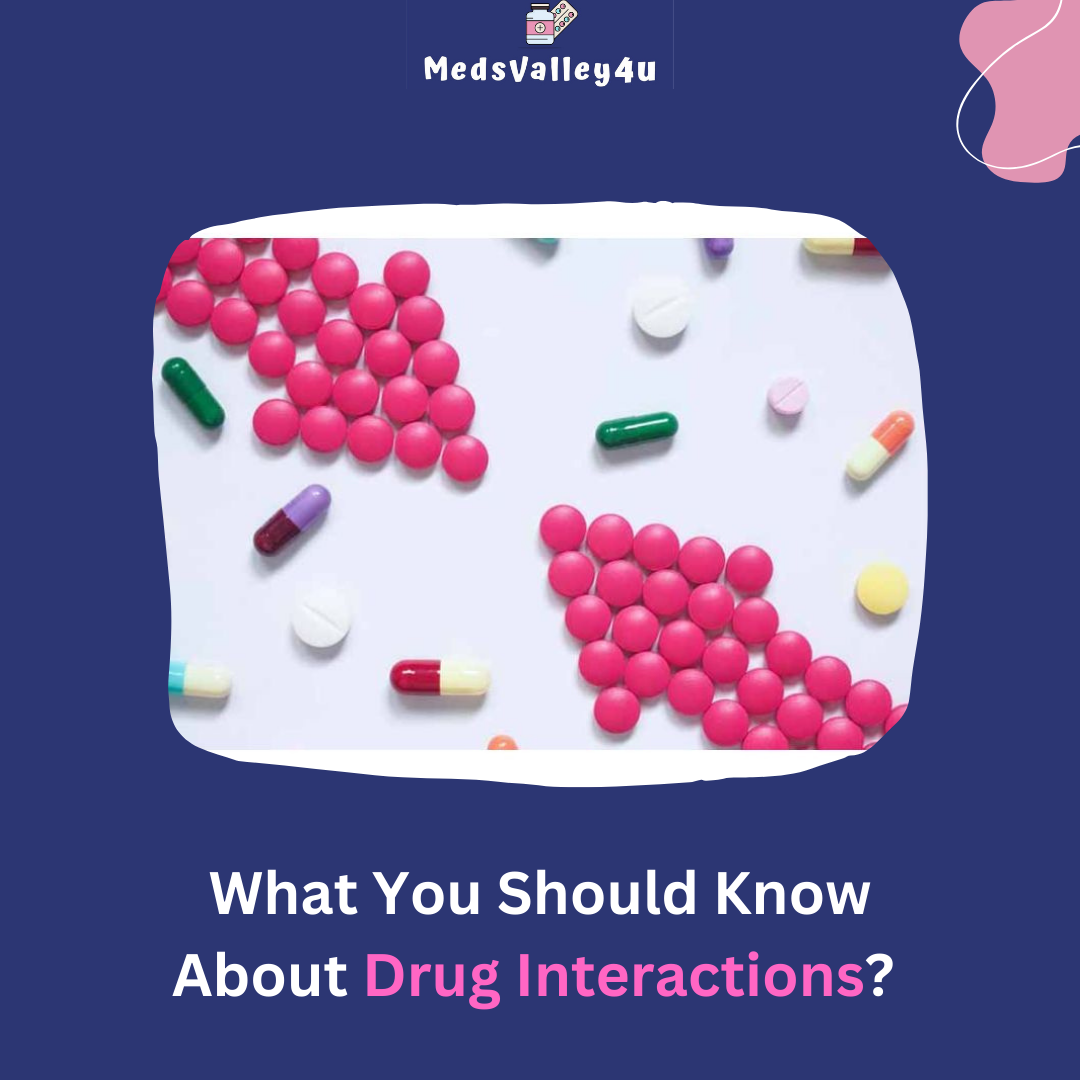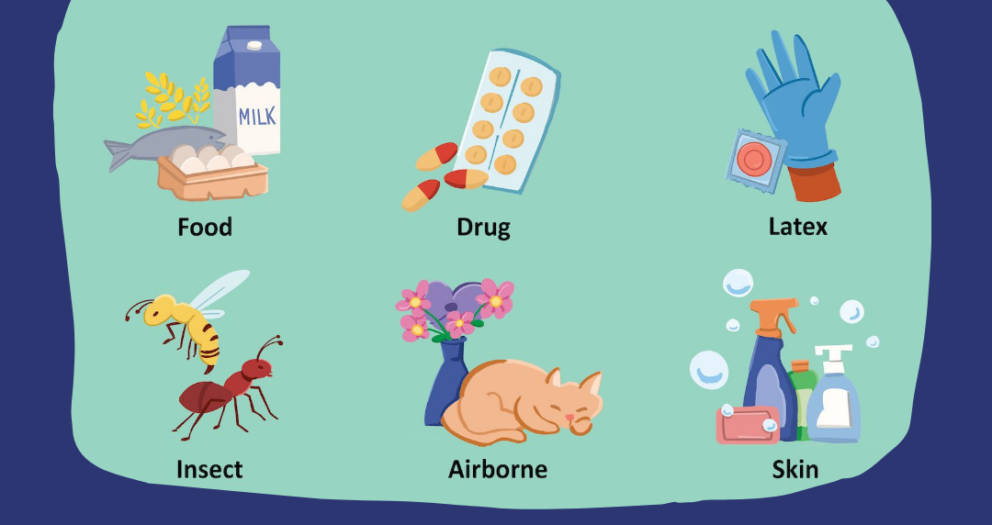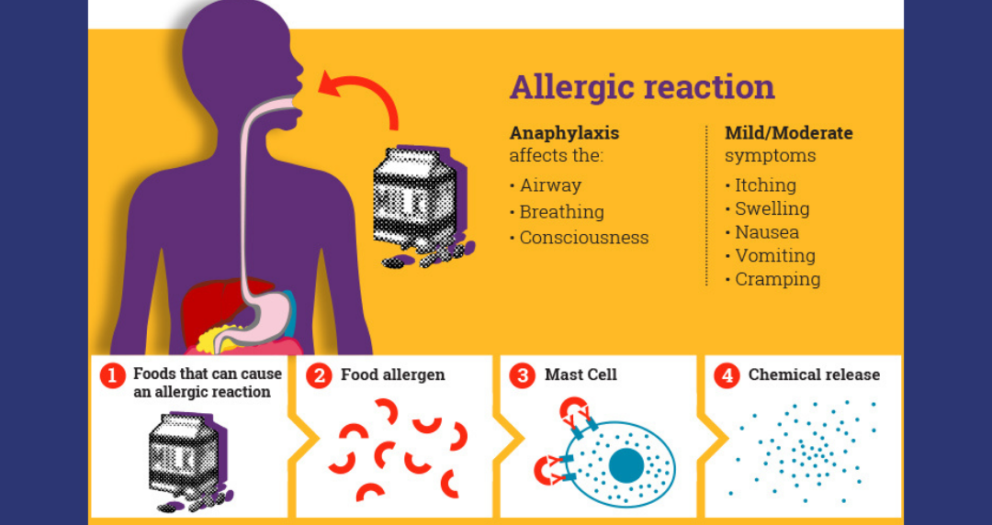Drug interactions occur when two or more medications, supplements, or even certain foods and beverages influence each other’s effects on the body. These interactions can either enhance or diminish the effects of one or more drugs, leading to unintended consequences. In some cases, drug interactions can cause harmful side effects, reduce the efficacy of treatment, or even lead to dangerous, life-threatening conditions.
In today’s complex healthcare environment, where people often take multiple medications to treat various conditions, understanding drug interactions is crucial to preventing adverse effects and maintaining effective treatment regimens. This article will explain what drug interactions are, the different types, common causes, and how to prevent them.
Types of Drug Interactions
Drug interactions can be classified into three main types: pharmacodynamic, pharmacokinetic, and drug-food interactions. Each type influences the body in different ways.
1. Pharmacodynamic Interactions
Pharmacodynamic interactions occur when drugs with similar or opposing effects are taken together, influencing how the drugs affect the body. This type of interaction changes the overall pharmacological effect of one or more drugs without altering their absorption or metabolism.
There are two types of pharmacodynamic interactions:
- Additive or Synergistic Effects: When two drugs have similar actions and are taken together, their combined effect can be stronger than expected. For example, taking two medications that cause sedation, such as benzodiazepines and opioids, can result in excessive drowsiness or even dangerous respiratory depression.
- Antagonistic Effects: When two drugs have opposing actions, one drug can counteract the effect of the other. For example, using a stimulant like caffeine with a sedative like a sleep aid may reduce the effectiveness of the sedative.
2. Pharmacokinetic Interactions
Pharmacokinetic interactions involve changes in the way drugs are absorbed, distributed, metabolized, or eliminated by the body. These interactions can influence the concentration of drugs in the bloodstream, altering their efficacy and safety. There are four primary mechanisms by which pharmacokinetic interactions occur:
- Absorption: When two drugs affect the way the body absorbs one or both medications, it can lead to altered drug levels in the bloodstream. For instance, certain antacids can reduce the absorption of antibiotics like tetracyclines, making them less effective.
- Distribution: Drugs may compete for the same proteins in the bloodstream. For example, drugs that bind to albumin (a protein in the blood) can displace each other, leading to increased concentrations of one drug and potentially increasing the risk of side effects.
- Metabolism: Some drugs can inhibit or induce the enzymes in the liver responsible for breaking down other medications. For instance, grapefruit juice inhibits the enzyme CYP3A4, which is involved in the metabolism of many drugs, such as statins. This can lead to higher levels of the drug in the bloodstream and increase the risk of side effects.
- Excretion: Certain medications can affect the kidneys’ ability to eliminate drugs from the body. For example, nonsteroidal anti-inflammatory drugs (NSAIDs) like ibuprofen can reduce kidney function, leading to higher levels of drugs such as lithium, which are excreted through the kidneys.
3. Drug-Food and Drug-Alcohol Interactions
In addition to drug-drug interactions, certain foods, beverages, and alcohol can interact with medications and alter their effects.
- Drug-Food Interactions: Foods can influence drug absorption, metabolism, or effectiveness. For example, consuming dairy products with certain antibiotics, like tetracycline, can reduce drug absorption. Similarly, high-fat meals can delay the absorption of some medications.
- Drug-Alcohol Interactions: Alcohol can enhance the sedative effects of certain drugs, such as antihistamines, antidepressants, or painkillers. It can also increase the risk of liver damage when taken with medications like acetaminophen. Alcohol may also interfere with blood sugar levels when combined with medications for diabetes.
Common Causes of Drug Interactions
Drug interactions can occur for a variety of reasons, including the use of multiple medications, pre-existing medical conditions, dietary habits, and even genetic factors. Understanding these causes is key to preventing unwanted interactions.
1. Polypharmacy (Taking Multiple Medications)
Polypharmacy refers to the use of multiple medications by a patient, especially older adults with chronic conditions. The more medications a person takes, the higher the risk of drug interactions. Many chronic conditions, such as heart disease, diabetes, and arthritis, require long-term treatment with several drugs, increasing the chances of an interaction.
For example, someone taking blood pressure medications, cholesterol-lowering drugs, and pain relievers may experience interactions that can affect the effectiveness or safety of the medications. Polypharmacy is a common cause of drug interactions, particularly in older adults, who are more likely to be taking multiple medications simultaneously.
2. Over-the-counter (OTC) Medications and Supplements
Many people assume that over-the-counter drugs and dietary supplements are safe to take with prescription medications because they are readily available without a doctor’s prescription. However, OTC medications, herbal supplements, and vitamins can interact with prescription drugs, causing harmful effects.
For example, St. John’s Wort, a popular herbal supplement for treating depression, can reduce the effectiveness of oral contraceptives, leading to unintended pregnancies. NSAIDs, such as ibuprofen, can increase the risk of bleeding when taken with blood-thinning medications like warfarin.
3. Age and Metabolic Changes
As people age, their body’s ability to metabolize and eliminate drugs changes, increasing the risk of drug interactions. Older adults often experience a decline in liver and kidney function, which can alter how drugs are metabolized and excreted. This can lead to increased drug concentrations in the bloodstream and a higher likelihood of adverse effects or interactions.
4. Medical Conditions
Certain medical conditions can increase the risk of drug interactions. For instance, individuals with liver or kidney disease may have difficulty metabolizing and excreting drugs, leading to higher drug levels in the body. Additionally, conditions such as diabetes, heart disease, and high blood pressure may require multiple medications, increasing the potential for drug interactions.
5. Diet and Lifestyle Habits
Diet and lifestyle choices can also affect how drugs interact with the body. For example, consuming grapefruit juice, as mentioned earlier, can interfere with the metabolism of several drugs, including statins and calcium channel blockers. Similarly, smoking can reduce the effectiveness of certain medications, such as theophylline, used to treat asthma.
How to Prevent Drug Interactions
Preventing drug interactions is crucial for ensuring the safe and effective use of medications. Here are some important steps to take to reduce the risk of drug interactions:
1. Keep a Complete Medication List
One of the most effective ways to prevent drug interactions is to maintain a comprehensive list of all the medications you are taking, including prescription drugs, over-the-counter medications, herbal supplements, and vitamins. Share this list with your healthcare providers, including your doctor, pharmacist, and any specialists you see.
When starting a new medication, always inform your healthcare provider about the other medications you are taking to check for potential interactions.
2. Consult with Your Doctor or Pharmacist
Before starting any new medication, ask your doctor or pharmacist about potential drug interactions. Pharmacists are especially knowledgeable about drug interactions and can review your medication regimen to identify any potential problems. They can also provide advice on how to take medications correctly, such as whether to take them with food or on an empty stomach.
3. Follow Prescribed Dosages and Instructions
Taking medications exactly as prescribed is critical for avoiding interactions. Do not increase or decrease the dosage without consulting your healthcare provider, as this can affect how the drugs interact with each other.
For example, taking too much of a medication that slows your heart rate, such as a beta-blocker, while taking another drug that also lowers heart rate, can lead to dangerously low heart rates.
4. Be Cautious with OTC Medications and Supplements
Always check with your healthcare provider before adding over-the-counter medications, herbal supplements, or vitamins to your regimen. Many OTC products can interfere with prescription medications, leading to harmful interactions. For example, taking an antacid with a prescription antibiotic may reduce the effectiveness of the antibiotic.
5. Read Medication Labels and Package Inserts
Reading the labels and package inserts of your medications is essential for understanding potential interactions and side effects. These documents often provide important information about what substances to avoid while taking the medication, such as certain foods, beverages, or other medications.
6. Monitor for Side Effects
Be vigilant about monitoring for any unusual side effects or changes in your health after starting a new medication. Symptoms such as dizziness, excessive drowsiness, or gastrointestinal problems could indicate a drug interaction. If you experience any adverse effects, contact your healthcare provider immediately.
7. Avoid Alcohol and Tobacco When Taking Medications
Alcohol and tobacco can interact with a wide range of medications, making them less effective or increasing the risk of side effects. Avoid alcohol if your medication labels warn against it, and talk to your healthcare provider about quitting smoking to prevent drug interactions.
Closure of Blog:-
Drug interactions are an important consideration for anyone taking medications, whether prescription, over-the-counter, or supplements. Understanding the types of interactions, common causes, and steps to prevent them can help ensure that your medications work as intended and reduce the risk of adverse effects. By keeping a detailed medication list, consulting with healthcare providers, and following prescribed dosages, you can manage your medications safely and effectively.
Always be proactive about your health and work closely with your healthcare team to monitor and prevent potential drug interactions.




Write a comment
Your email address will not be published. All fields are required